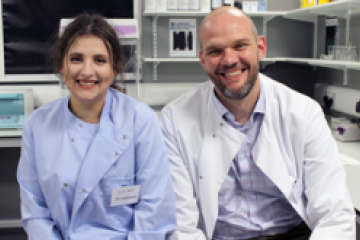PhD Studentship
Creating an in vitro model of pathogenic ossification to explore methods for dispersion

At a glance
Completed
Award date
July 2014 - July 2017
Grant amount
£90,000
Principal investigator
Professor Liam Grover
Co-investigator(s)
Institute
University of Birmingham
R
- Replacement
Read the abstract
View the grant profile on GtR
